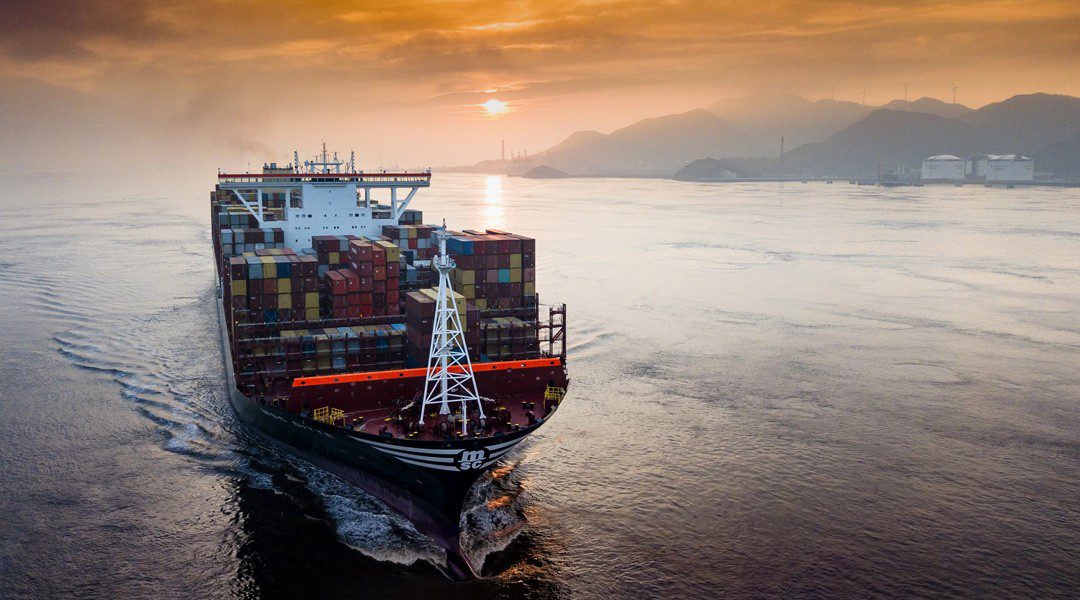The shipping company listed on the American stock exchange announced the financial results for the quarter and the nine-month period ended September 30, 2025, confirming the resilience of its business model and the continuation of its fleet renewal strategy.
The president of the shipping company listed on the American stock exchange, Dr. Loukas Barmparis, emphasized that Safe Bulkers operated in an environment of intense uncertainty, fueled by geopolitical developments, changes in port fees, and the recent postponement of the IMO’s net-zero emissions framework.
As he mentioned, these factors lead to increased fragmentation and volatility in the global dry bulk market, while he added that Safe Bulkers continued its fleet renewal strategy.
He also underlined that the company “maintains a strong capital structure that allows it flexibility in capital management and distribution,” remaining focused on a balanced strategy of growth and returns.
In the quarter ended September 30, 2025, Safe Bulkers recorded net earnings of $17.8 million, compared to $25.1 million in the corresponding period of 2024.
Net revenues for the same period amounted to $73.1 million versus $75.9 million, marking a slight decrease of around 4%, a development attributed mainly to lower charter rates and the reduced contribution from scrubber-fitted vessels.
On a nine-month level, the company posted net revenues of $203 million, down from $236 million in the same period of 2024, while net earnings were $26.7 million, compared to $78 million last year.
The financial figures reflect Safe Bulkers’ ability to respond to the challenges of a highly volatile market, maintaining a strong operational presence.
Concurrently, on November 25, the board of directors decided on a dividend distribution of $0.05 per common share, payable on December 19, 2025, to shareholders of record on December 8.
As of November 21, 2025, the company had 102,328,395 common shares outstanding.
During the third quarter, Safe Bulkers operated an average of 46.51 vessels, with a Time Charter Equivalent (TCE) of $15,507, compared to $17,108 in the same period of 2024.
As of November 21, 2025, the company had chartered 17 vessels in the spot market (up to 3 months), and 29 vessels in the time charter market of over 3 months, of which 5 have a duration of over two years.
The average remaining charter duration was 0.4 years, while the non-cancellable contracts in the company’s books correspond to $153.5 million, not including additional scrubber compensations.
The company’s newbuilding program includes six new Kamsarmax IMO Phase 3 / NOx Tier III vessels, four of which will be delivered in 2026 and two in 2027, with two of them featuring dual-fuel methanol propulsion.
As of November 21, 2025, the Safe Bulkers fleet numbered 45 vessels -8 Panamax, 12 Kamsarmax, 17 Post Panamax and 8 Capesize- with a total capacity of 4.6 million dwt.
dwt and an average age of 10.3 years.
In parallel, the company continues the selective sale of older vessels, completing in 2025 the sale of two Kamsarmax vessels over 17 years of age.
As part of the emissions reduction strategy, the company has already completed the upgrade of 24 existing vessels through the application of energy saving devices and fuel consumption optimization technologies.
Low-friction paints are recorded as operational expenses, while energy-saving devices are capitalized as investments.
In July 2025, the company entered into an agreement for the sale of the Pedhoulas Leader, a Japanese-built (2007) Kamsarmax dry bulk vessel, for a total sale price of $12.5 million, which was delivered to the new owners in September 2025.
Concurrently, in August 2025, the company entered into an agreement for the sale of the Pedhoulas Merchant, a Japanese-built (2006) Kamsarmax class dry bulk vessel, for a total sale price of $11.5 million, which was delivered to the new owners in September 2025.





